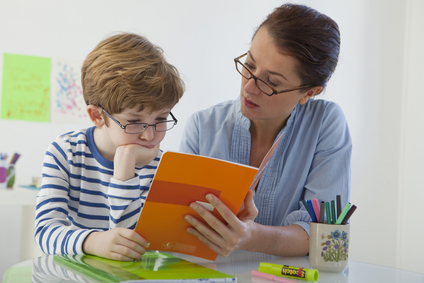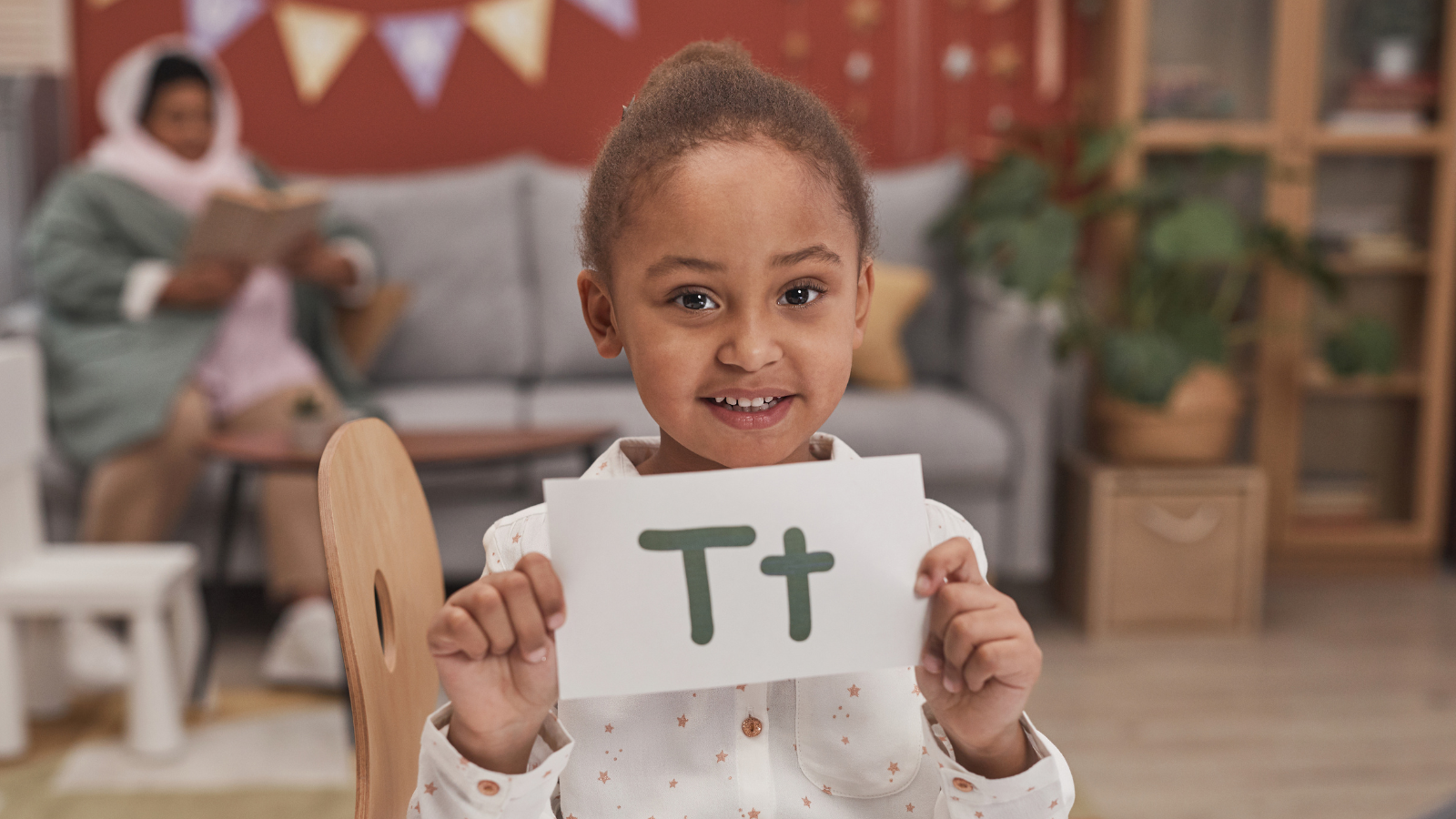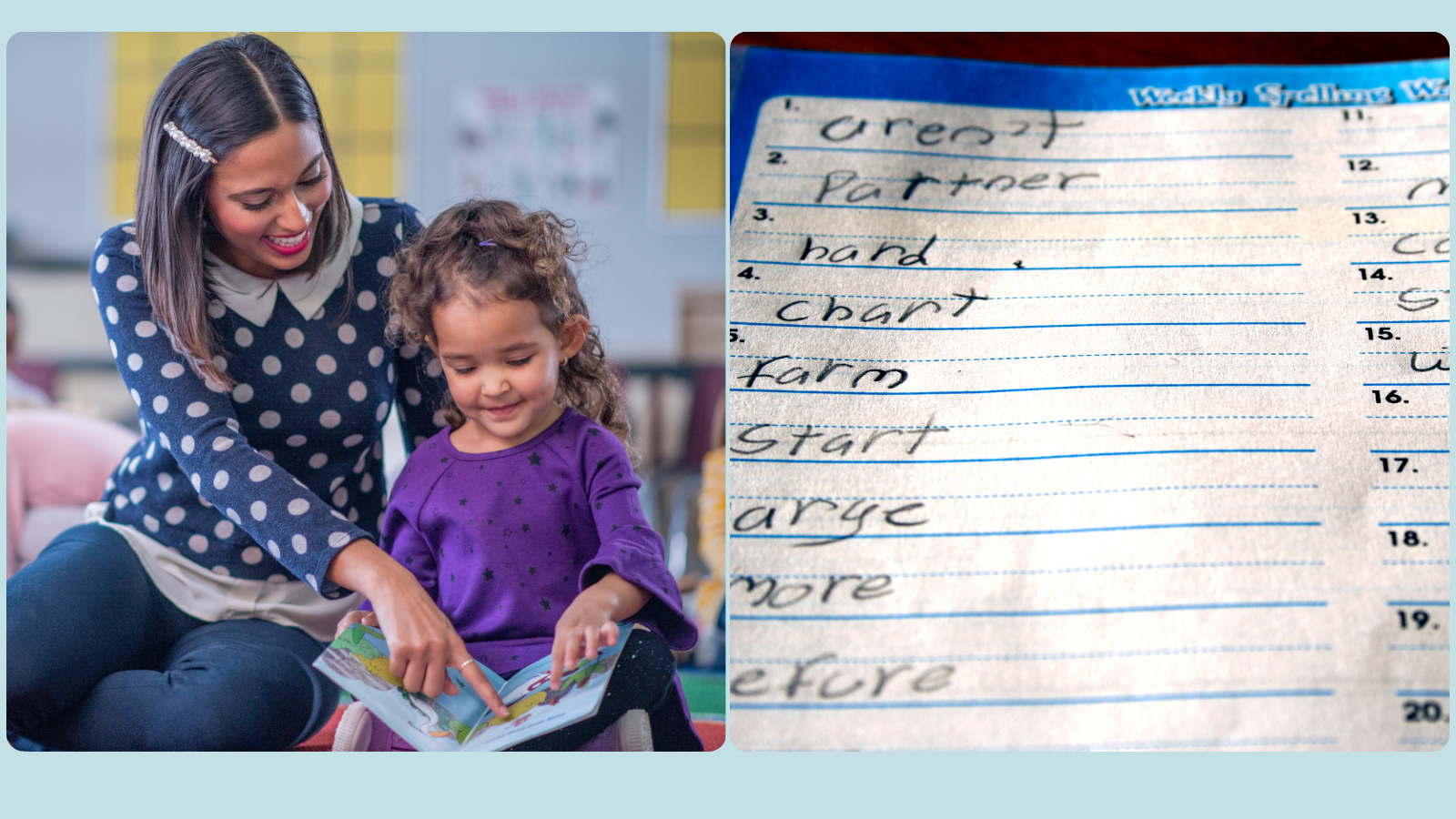5 resources you can use at home to help your child to read
Sitting on the train the other day, I noticed almost everyone in the carriage was reading. Not novels or magazines. But emails, news feeds, text messages, social media posts and websites. Even the guy singing along with his iPhone was busy scrolling through his library of songs.
In this age of mobile devices and social media, there’s a compelling argument that reading is becoming more important for life participation and success – not less.
So what skills do our kids need to learn in order to read well?
As we’ve reported, back in 2000, the US National Reading Panel identified the “Big 5”:
- phonological awareness: words are made up of sounds, and sounds can be represented by letters;
- phonics: sounds can be combined in different ways to make any number of words;
- vocabulary: knowledge of words and meanings;
- text fluency: speed, accuracy and expression; and
- comprehension strategies: ways to connect written words with their meaning.
Many children learn these skills without too much difficulty – especially if they go to a school that uses evidence-based literacy instruction methods. For some children, it can be a more difficult road – including for many children with oral language disorders.
In therapy and remedial reading programs, we can target deficits in one or more of these areas. Lots of schools in Australia, for example, run the Making up for Lost Time in Literacy Program – MultiLit – developed by researchers at Macquarie University in Sydney. In therapy, I target the Big 5 using the Sounds-Write program, supplemented with specific phonological awareness training and reading comprehension strategies.
But, apart from completing reading homework assigned by school and/or speech pathologists, what can parents do to help their children learn to read at home?
Here are 5 of my favourite home-based learning-to-read resources – some high tech, others decidedly “old school”:
1. Reading Doctor: Developed by Australian speech pathologist and literacy expert, Dr Bartek Rajkowski, this collection of PC software and apps is both evidence-based and fun – even for the most reluctant reader. I used this software to help one of my sons learn to decode letters and to blend and segment sounds – essential foundations for his later literacy. In addition to great software, the Reading Doctor website contains a wealth of materials summarising the latest research about reading and how to teach it.
2. Why Johnny Can’t Read and What You Can Do About It: First published in 1955, this no-nonsense phonics-based book written by Rudolf Flesch is a gem. In addition to explaining why Flesch thinks phonics is so important – a once-controversial view now vindicated by modern systematic studies into literacy – the book includes a straight forward, step-by-step home program parents can follow to help children to decode and link letters to sounds. You can find it on AbeBooks or Amazon.
3. The Fitzroy Reading Program: A set of 80 phonics-based story books, which gives children ample practice reading and sounding out words. I like the physical books, but the readers are now also available through iTunes.
4. OzPhonics: An iPad-based ‘reading system’ that builds phonological awareness and phonics skills in small steps.
5. The Hairy Letters App: This colourful little app provides children with a great way of practising their letter-sound knowledge.
Bottom line
We hope you find one or more of these resources useful in helping your child to develop his or her early literacy skills.
If your child is having problems learning to read, consult your child’s teacher to see if evidence-based reading programs are available through the school. Additionally, speech pathologists can assess and treat your child for problems with the Big 5 reading skills (including phonological awareness, text fluency and comprehension) and can identify underlying oral language or speech deficits that might be contributing to your child’s difficulties. You should also get your child’s hearing and vision checked.
Related articles:
- Is your child struggling to read? Here’s what works
- Kick-start your child’s reading with speech sound knowledge (phonological awareness)
- How to help your school-age child to learn new words – the nuts and bolts of how I actually do it in therapy
- “I don’t understand what I’m reading!” Reading comprehension problems and what to do about them
- How to find out if your child has a reading problem (and how to choose the right treatment approach)
- Do we spend too much time on rhyming books? What else should we do to prepare pre-schoolers to read?
- The forgotten reading skill: fluency, and why it matters
- 24 practical ways to help school-aged children cope with language and reading problems at school and home
- 6 strategies to improve your child’s reading comprehension and how to put them into practice
- “Does dyslexia exist?”
- Are reading comprehension problems caused by oral language deficits?

Hi there, I’m David Kinnane.
Principal Speech Pathologist, Banter Speech & Language
Our talented team of certified practising speech pathologists provide unhurried, personalised and evidence-based speech pathology care to children and adults in the Inner West of Sydney and beyond, both in our clinic and via telehealth.








